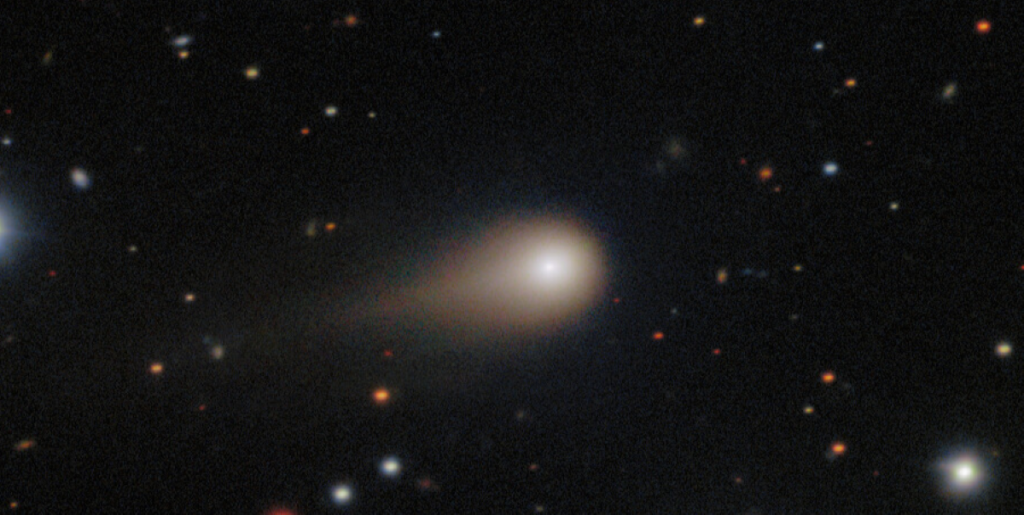For decades, comets have revealed how ancient and dynamic our Solar System can be.
Others are reading now
Yet the interstellar comet 3I/ATLAS, only the third object ever confirmed to arrive from beyond our Sun’s influence, is rewriting what astronomers thought they knew about these icy travelers.
As it swung past the Sun in late October, 3I/ATLAS did not behave like any ordinary comet. Its colour, motion, and brightness all changed in ways that scientists are still struggling to explain.
1. Unexpected acceleration
Data gathered by several NASA missions showed that 3I/ATLAS experienced a non-gravitational acceleration at perihelion, the point where it was closest to the Sun.
The discovery means that the comet moved in a way that could not be explained by gravity alone.
Ordinarily, comets are pushed slightly by the gases released as sunlight heats their icy surfaces, but the motion recorded here was unusually strong.
Also read
The finding prompted speculation that 3I/ATLAS might be behaving in an entirely different way from normal comets.
Some researchers, including Harvard astrophysicist Avi Loeb, have suggested that such motion could resemble a controlled propulsion effect, though no evidence of artificial activity has been confirmed.
2. A change in colour
As it approached the Sun, 3I/ATLAS shifted from a reddish tone to a deep blue.
The change surprised scientists, as most comets grow redder when sunlight scatters through dust around them. Instruments aboard the GOES-19 and other spacecraft confirmed the unexpected hue.
Loeb described the colour shift as the ninth anomaly linked to the comet, arguing that the blue glow might result from an unusually high temperature or a still-unknown physical process. For now, the phenomenon remains unexplained.
Also read
Normally, dust near a comet cools and darkens; 3I/ATLAS, instead, appeared to emit a cooler yet brighter light.
3. Brighter than expected
In the days before it reached perihelion, 3I/ATLAS brightened dramatically, to the point that it was visible at a magnitude comparable to faint stars.
Astronomers monitoring it through solar observation instruments said the increase in light intensity was far greater than predicted.
The sudden brilliance suggests that the comet was shedding large amounts of material, possibly as a result of surface ice vaporising under intense heat.
Observations indicate it may have lost nearly a tenth of its mass during the encounter.
Also read
As it continues its journey away from the Sun, astronomers expect to see a wide plume of gas trailing behind, revealing just how much the comet changed during its brief but spectacular passage.
Sources: NASA, ESA, Harvard University, WION, arXiv preprint server, PUNCH Mission data.


